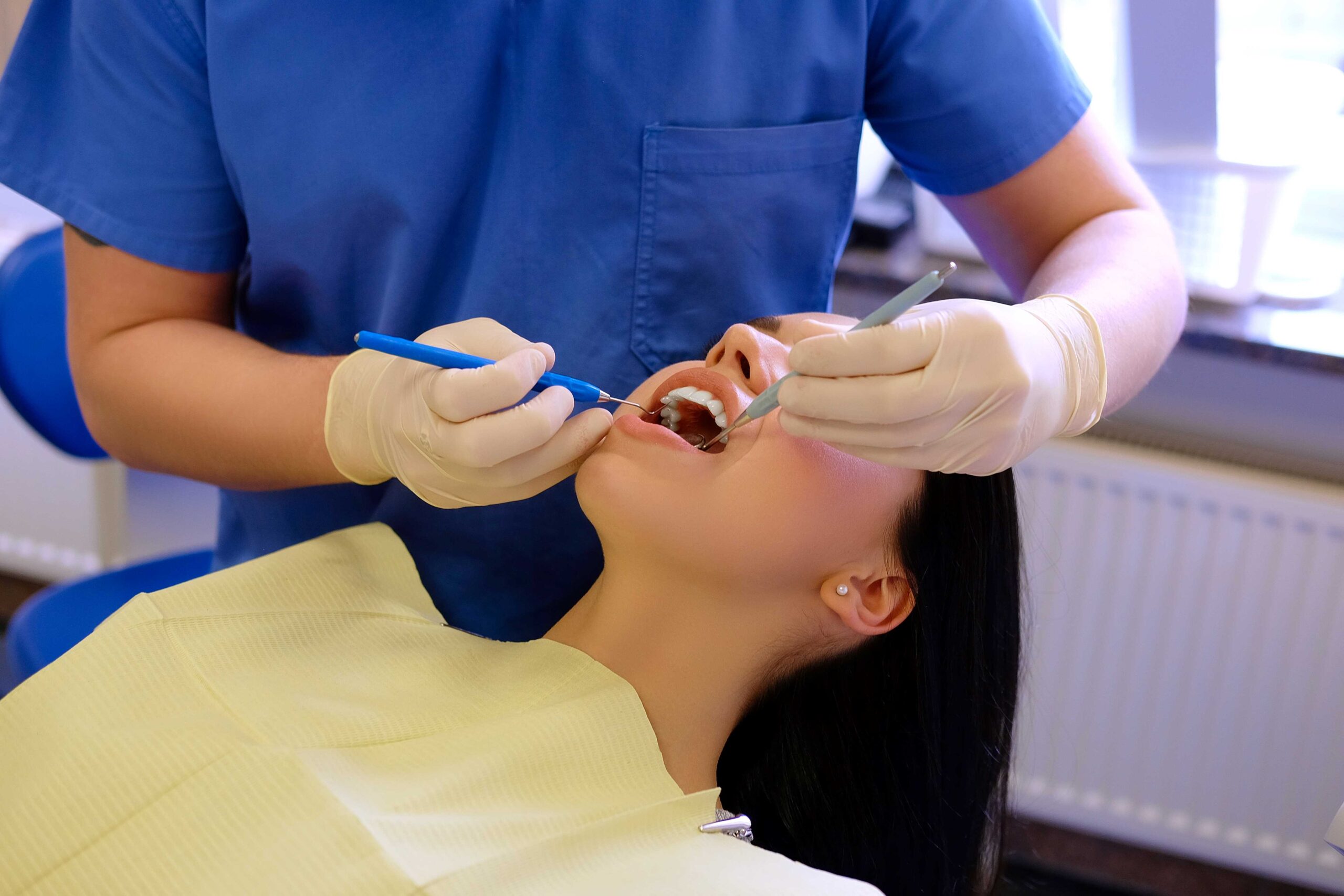Getting My Legacy Orthodontics To Work
The Only Guide for Legacy Orthodontics
Table of ContentsSee This Report about Legacy OrthodonticsThe Buzz on Legacy OrthodonticsSee This Report on Legacy OrthodonticsThe Single Strategy To Use For Legacy OrthodonticsNot known Incorrect Statements About Legacy Orthodontics
In addition, we provide adjustable treatment timetables, adaptable repayment choices and a fun, pleasurable experience.An orthodontist is a dentist trained to diagnose, prevent, and deal with teeth and jaw irregularities. They fix existing conditions and are trained to recognize problems that may develop in the future. Orthodontists deal with people of every ages, from children to adults. Individuals usually link an ideal smile with excellent health and wellness.
Malocclusion, or misaligned teeth, can bring about dental problems, including dental cavity, gum disease, and challenging or agonizing eating. Yet not every person is born with straight teeth. If you have a negative bite or large rooms between your teeth, you may intend to speak with a dentist specializing in orthodontic care.
All about Legacy Orthodontics
( Image Credit History: DigitalVision/Getty Images) Orthodontists use fixed and detachable oral gadgets, like dental braces, retainers, and bands, to alter the placement of teeth in your mouth. Orthodontic therapy is for dental abnormalities, consisting of: Uneven teethBite troubles, like an overbite or an underbiteCrowded teeth or teeth that are too far apartJaw misalignmentThe objective of orthodontic treatment is to improve your bite.
A healthy and balanced bite ensures you can eat, eat, and speak effectively. While you might think of orthodontists as mostly for youngsters or young adults who need braces, they can deal with dental troubles at any age. Orthodontists attend university, oral school, and orthodontic institution. After college graduation, they spend 2 or 3 years in an orthodontic residency program.
, yet not all dental practitioners are orthodontists. They concentrate on 2 locations: Just how to appropriately and safely move teeth Just how to effectively direct advancement in the teeth, jaw, and faceOnce an orthodontist has actually finished training, they have the option to become board certified.
The Ultimate Guide To Legacy Orthodontics
Misalignment, or malocclusion, is one of the most typical reason people see an orthodontist. It is hereditary and is the outcome of size distinctions between the upper and lower jaw or in between the jaw and teeth. Malocclusion leads to tooth congestion, a misshapen jaw, or uneven bite patterns. Malocclusion is normally treated with: Your orthodontist affixes metal, ceramic, or plastic square bonds to your teeth.
Some individuals require a headgear to help move teeth right into line with stress from outside the mouth. A retainer is a customized device that maintains your teeth in area.
They can produce extra space in the mouth without having to pull teeth. Orthodontists use wires, surgical screws, or plates to support your jaw bone.
You might need to see an orthodontist if you have: Crowding or not sufficient area for every one of your teethOverbite, when your upper teeth come your bottom teethUnderbite, when your base teeth are also much forwardSpacing or issues with gapsCrossbite, which is when your upper teeth fit behind your bottom teeth when your mouth is closedOpen bite or a vertical space in between your front base and upper teethMisplaced midline, when the center of your base and top teeth don't align Remedying a dental malocclusion can: Make biting, eating, and speaking easierImprove the balance of our face and your general appearanceEase pain from temporomandibular joint disordersSeparate your teeth and make them much easier to clean, aiding protect against tooth degeneration or dental caries It's commonly a dental professional that initially notifications misaligned teeth during a regular examination.
Fascination About Legacy Orthodontics

Throughout your first orthodontic appointment, you'll likely have: An oral examPhotos taken of your face and smileDental X-raysPanoramic (360 degree) X-rays of your face and headImpressions to produce molds of your teethThese examinations will help your orthodontist recognize exactly how to wage your treatment. clear braces. An orthodontist is a dental expert who's had training to treat your teeth and jaw
Orthodontists may perform surgical treatment, exams,X-rays,and even more to aid you attain a more comfortable, healthier smile. An orthodontist is concentrated on your bite, so something like a chipped tooth would be dealt with by a dental professional. Orthodontists are dental professionals however not all dental practitioners are orthodontists. Orthodontists are concentrated on your bite, or the way your teeth meshed, and the straightness of your teeth.
Ever wondered how stars always seem to have perfectly aligned teeth? Orthodontists are oral specialists who concentrate on dealing with abnormalities in the teeth and jaws.
Rumored Buzz on Legacy Orthodontics

While braces are the most commonly recognized orthodontic therapy, orthodontists have a diverse toolkit at their disposal. The specific method selected depends on the seriousness of the situation, the person's age, and specific choices. These reliable dental braces use a system of braces bonded to the teeth and linked by cords.
Clear aligners, like Invisalign, are a preferred option for people looking for a much more very discreet treatment choice. These removable trays are tailor-made to considerably change the teeth's setting. Headgear might be used combined with braces or aligners to best site use additional targeted forces, particularly for fixing jaw disparities. In situations of narrow jaws, palatal expanders can be utilized to create room for correct tooth positioning.